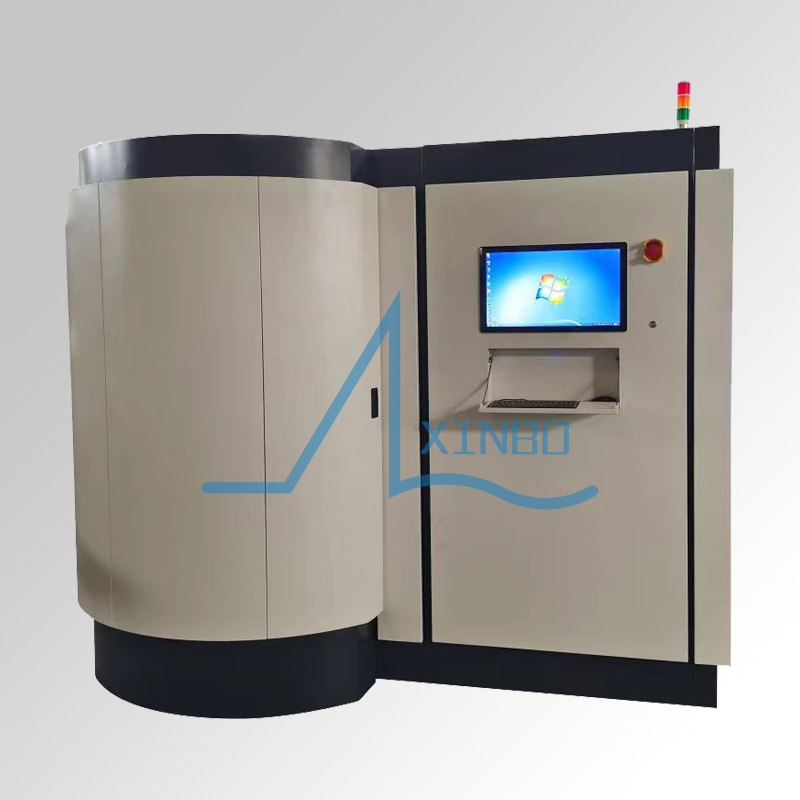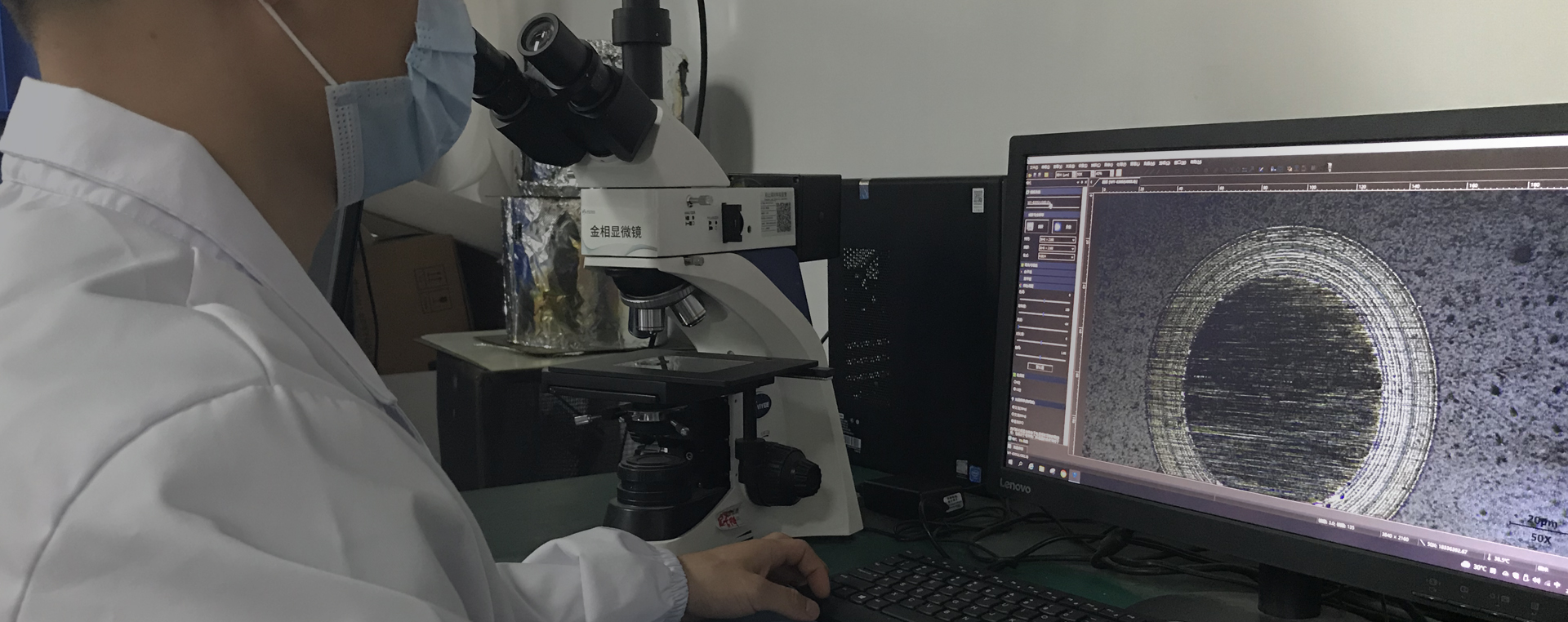Difference between vacuum coating and electroplating
Vacuum coating and electroplating, as two common surface treatment technologies, differ significantly in a number of ways. The following is a detailed description of the differences between the two:
First, the principle is different
Vacuum coating: the use of vacuum technology, metal or non-metallic materials vaporized in a vacuum environment, the formation of high-energy ion streams for deposition, so as to form a thin film on the substrate. This process mainly relies on physical vapor deposition (PVD) or chemical vapor deposition (CVD) and other technologies, of which the PVD technology includes evaporation coating, sputtering coating and ion plating and other methods.
Electroplating: The process of plating a thin layer of other metals or alloys on the surface of certain metals using the principle of electrolysis. In the electroplating process, metal ions in the plating solution are reduced to metal atoms by electrode reaction under the action of external electric field, and metal deposition is carried out on the cathode, thus forming the plating layer.

Second, process differences
Vacuum coating: carried out under vacuum conditions, various metallic and non-metallic thin films are deposited on the surface of plastic parts by distillation and sputtering. This process requires the control of vacuum, temperature, gas flow and deposition rate and other parameters to ensure the quality and performance of the film.
Electroplating: is realized in the liquid phase and requires a plating solution, a DC power supply, and an electrolytic device consisting of the parts to be plated and the anode. In the electroplating process, the metal ions in the plating solution move to the cathode to form the plating layer under the action of potential difference, while the metal of the anode forms metal ions into the plating solution to maintain the concentration of metal ions in the plating layer.
Third, the application scope is different
Vacuum coating: Because it is carried out under vacuum conditions, there is no electrolyte contamination or metal space limitations, so it can be used for both conductive materials and non-conductive materials, such as plastics. This makes the vacuum coating has a wide range of application value in many fields such as semiconductor manufacturing, optical field, mechanical manufacturing and biomedical.
Electroplating: It is mainly applicable to the coating of conductive materials, through which the wear resistance, corrosion resistance, electrical conductivity and aesthetic properties of the materials can be improved. Plating technology is widely used in automotive, electronics, hardware and other industries.
Fourth, the coating quality and performance differences
Vacuum coating: has the advantages of high purity of the film layer, uniform thickness, good densification, good adhesion strength of the film and the substrate as well as a solid film layer. These advantages make the vacuum coating in the preparation of high-precision, high-performance film has a significant advantage.
Electroplating: Although it can also form a certain quality of coating, but its coating quality and performance may be affected by electrolyte, current density, temperature and other factors, it is more difficult to reach the level of vacuum coating.
In summary, there are obvious differences between vacuum coating and electroplating in terms of principle, process, application scope and coating quality and performance. In practical application, the selection of suitable surface treatment technology should be based on the requirements of the product, the nature of the material and production conditions and other factors for comprehensive consideration.
 18922924269
18922924269
